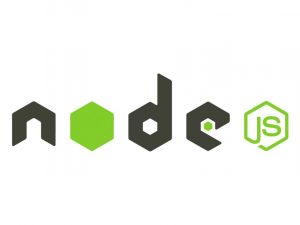Introduction
In this tutorial, we will walk through the process of setting up a basic Node.js application with Webpack. We’ll cover the installation of Node.js, setting up a simple Node.js project structure, installing Webpack, configuring Webpack, and creating a basic example to bundle JavaScript files.
Prerequisites
Before we begin, make sure you have the following installed on your system:
- Node.js: You can download and install Node.js from the official website Node.js Downloads.
- npm (Node Package Manager): npm is installed along with Node.js.
Step 1: Setting Up a Node.js Project
Let’s start by creating a new directory for our project and initializing a Node.js project with npm.
Open your terminal or command prompt and execute the following commands:
mkdir node-webpack-tutorial
cd node-webpack-tutorial
npm init -yThis will create a new directory named node-webpack-tutorial, navigate into it, and initialize a new Node.js project with default settings.
Step 2: Installing Webpack
Now, let’s install Webpack as a development dependency in our project:
npm install webpack webpack-cli --save-devThis command will install Webpack and Webpack CLI as dev dependencies in your project.
Step 3: Creating a Simple JavaScript File
Next, let’s create a simple JavaScript file that we’ll use to test our Webpack setup.
Create a file named index.js in the root of your project directory (node-webpack-tutorial) and add the following code:
// index.js
console.log("Hello from Node.js and Webpack!");Step 4: Configuring Webpack
Now, let’s create a Webpack configuration file named webpack.config.js in the root of your project directory and configure it to bundle our index.js file.
Add the following code to webpack.config.js:
This configuration tells Webpack to take index.js as the entry point and bundle it into a file named bundle.js, which will be placed in a directory named dist.
Step 5: Running Webpack
Now that we’ve set up our project and configured Webpack, let’s run Webpack to bundle our JavaScript file.
In your terminal, execute the following command:
npx webpackThis command will run Webpack using the configuration defined in webpack.config.js. You should see Webpack bundling the index.js file and creating a bundle.js file in the dist directory.
Step 6: Testing the Bundle
Finally, let’s create an HTML file to test our bundled JavaScript file.
Create a file named index.html in the root of your project directory and add the following code:
This HTML file includes the bundle.js file generated by Webpack.
Step 7: Running the Application
Now, open index.html in a web browser, and you should see the message “Hello from Node.js and Webpack!” logged in the browser’s console.
Congratulations! You’ve successfully set up a basic Node.js application with Webpack and bundled your JavaScript files.
Conclusion
In this tutorial, we covered the basics of setting up a Node.js project with Webpack. We installed Node.js, initialized a new Node.js project, installed Webpack and Webpack CLI, created a simple JavaScript file, configured Webpack to bundle our files, ran Webpack to generate the bundle, and tested the bundled JavaScript file in a web browser.
Webpack is a powerful tool that allows you to bundle JavaScript files and assets for your web applications efficiently. This tutorial serves as a starting point for working with Node.js and Webpack, and you can further explore additional features and configurations as you continue to build your projects.


